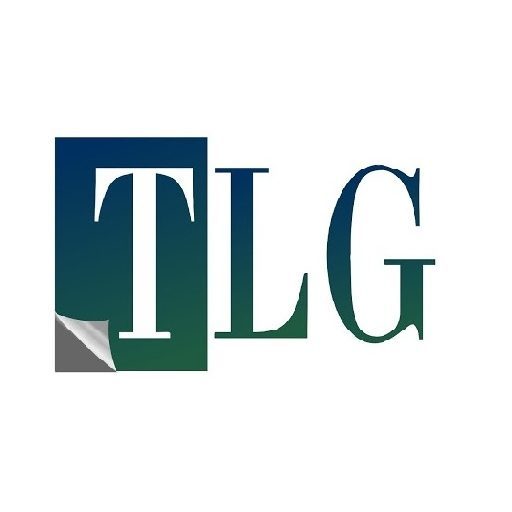The arrival of blockchain technology opens up a vista for healthcare by solving long-pending issues of security and transparency in individual patient records. The innovation promises to deliver not only protection of sensitive information but also to improve the basic and critical factors in the systems associated with healthcare.
Revolutionizing Patient Data Management
In this digital age, health providers are overwhelmed when it comes to managing information about patients. Legacy patient data systems are fragmented and open to risks of breaches, and the use of centralized systems undermines security assurances and coherency. Blockchain technology answers with a remarkable option through decentralization and an immutable ledger. According to blockchain guru Don Tapscott, “Blockchain will become the first native digital medium for peer-to-peer values exchange.”
Data Security through Decentralization
One of the main benefits that blockchain offers to the healthcare industry is its ability to enhance the security of data. Unlike centralized databases, blockchain stores information across a network of computers, making it almost impossible for hackers to breach the entire system. Every transaction is encoded and permanently linked to the prior one, so it becomes a chain of records that are unalterable. This decentralization guarantees security since any change not authorized would need the consensus of the whole network.
Transparency and Trust
Transparency is an important factor in the healthcare industry. Blockchain technology is transparent, meaning that entries put in it can be checked in real time, making it conducive for the patients and providers to be trustworthy. Every entry inside the blockchain is time-stamped and visibility is given to the permitted participants so as to maintain data integrity. This is essential for managing patient consent since there is a clear, auditable trail of anyone who accessed data and when such access was made.
Streamlining Administrative Processes
The application of blockchain in healthcare would greatly streamline and reduce administrative burdens, leading to cost savings and increased efficiency overall. For example, smart contracts can be used to automate administrative tasks. They enable self-executing contracts where the code directly contains the terms of the agreement. In the case of insurance claims, smart contracts allow for automatic verification of patient information with treatment details, thus facilitating a speedy reimbursement process.
Enhancing Data Interoperability
As earlier discussed, one of the major problems bedeviling healthcare is interoperability. Different systems find it nearly impossible to communicate effectively with each other. It greatly affects the ease of sharing patient information. Blockchain technology comes in by providing that single platform where the data of the patient can be shared among the various healthcare providers and systems. In this case, health professionals will have a record of comprehensive and updated patient histories, upon which they can base decisions for the wellbeing of patients.
Giving Patients Control over Their Data
The blockchain model gives healthcare data control back to patients. Patients own their data and decide who gets to access it and why, thus increasing their autonomy and privacy. This patient-centric approach builds trust and motivates individuals to participate more in the control over their health, which leads to better health management and outcomes.
Driving Research and Development
Pharmaceutical and research companies can also benefit in significant ways from the blockchain model. Through a transparent and secure platform, records can be shared faster, leading to collaborative research efforts and the fast tracking of new treatment modalities. Researchers can leverage anonymized data of patients to identify trends and insights without necessarily compromising patient privacy, thereby boosting the process of driving innovation for the healthcare industry.
Challenges and Considerations
Despite the enormous potential it holds for the healthcare sector, incorporating blockchain into the health sector is no mean feat. Blockchain implementation requires immense investment in technology and infrastructure. Additionally, the regulatory framework needs to evolve to adapt to this new technology in a way to implement it without infringing on patient rights or legal standard compliance.
Future of Blockchain in Health Sector
It seems evident that mass adoption of blockchain technology in healthcare lies on the horizon. As the technology matures and becomes more accessible, its applications will continue developing, enhancing security, transparency, and efficiency of healthcare systems. Forward-looking organizations are already seeking pilot projects and partnerships in order to harness the power of blockchain.
Blockchain technology presents an obvious solution to some of the most pressing challenges in healthcare today. It ensures both the security and transparency of the records and, hence, not only ensures sensitivity but also builds trust among the stakeholders, fostering further innovation. With healthcare transforming to something bigger, something better, blockchain will clearly create a more secure, transparent, and efficient future. Or, to borrow a phrase from William Mougayar, blockchain is a “shift in power from the centers to the edges of the networks.”




